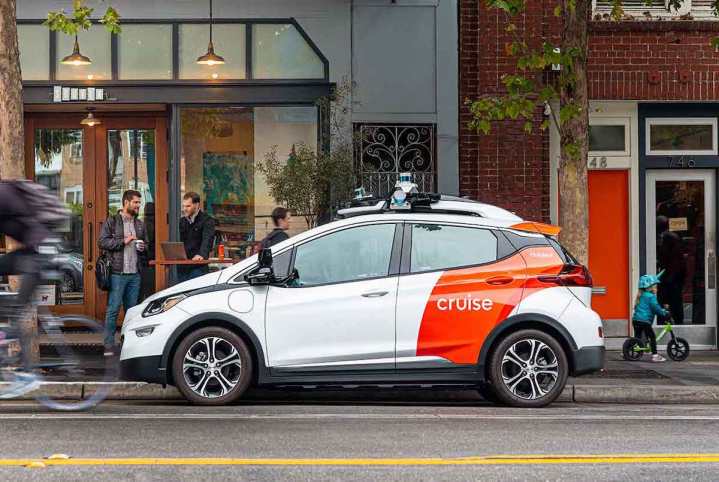
Beleaguered autonomous car startup Cruise has laid off 900 workers, equal to about a quarter of its workforce. The news comes a day after nine executives were also dismissed.
The General Motors-backed firm has suffered a series of setbacks in recent months, triggered by an accident on the streets of San Francisco in October when one of its self-driving cars came to a halt on top of a woman, pinning her to the ground just moments after she’d been hit by a human-driven car.
The incident caused the woman serious injuries and prompted California regulators to revoke Cruise’s permit to test its autonomous cars in the state. Days later, the startup announced it was suspending testing in other states, and soon after that, Cruise co-founder and CEO Kyle Vogt and co-founder and chief product officer Daniel Kan quit their roles.
A further setback came at the end of last month when GM announced that it was slashing funding for Cruise, a decision that appears to have led directly to this week’s job cuts.
In a widely reported email sent to Cruise staff by Mo Elshenawy on Thursday, the newly installed president and CTO said: “We knew this day was coming, but that does not make it any less difficult, especially for those whose jobs are affected.”
Elshenawy continued: “Today, we are making staff reductions that will affect 24% of full-time Cruisers, through no fault of their own. We are simplifying and focusing our efforts to return with an exceptional service in one city to start with and focusing on the [Chevy] Bolt platform for this first step before we scale. As a result, we are reducing our employee counts in operations and other areas. These impacts are largely outside of engineering, although some tech positions are impacted also.”
Those leaving Cruise will stay on the payroll through February 12 and will also be able to receive an additional eight weeks of pay, according to the email.
Despite the troubled times for Cruise, GM CEO Mary Barras appears intent on getting its autonomous cars back on the road for testing, saying last month that the priority now is to “focus the team on safety, transparency, and accountability,” adding: “We must rebuild trust with regulators at the local, state, and federal levels, as well as with the first responders and the communities in which Cruise will operate. This is important technology for the future. From a societal and safety perspective, it’s got to be done right.”
Following several years of driverless car testing, Cruise was given permission to start accepting paying passengers in San Francisco last year. But a number of incidents raised concerns that the autonomous technology wasn’t ready for public streets, with the October accident prompting regulators to act.
A more streamlined Cruise will now attempt to turn the situation around, with next year certain to be a make-or-break year for the company.
Editors' Recommendations
- Waymo robotaxi attacked and set on fire in San Francisco
- Cruise woes continue as key figures quit the robotaxi firm
- Cruise’s robotaxi service suspended by California regulator
- Waymo expands robotaxi service area in San Francisco
- Cruise autonomous vehicle drives over woman just after she was hit by another car

